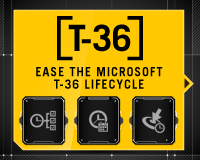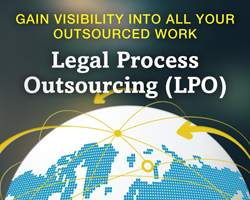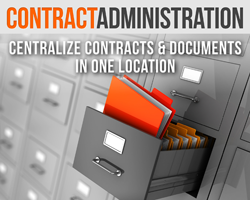
No, this is not one of those spam-filled blog posts that touts mysterious “work from home” measures to earn more. This is actually about a study.
That’s right – a recent study revealed a correlation between an increase in work hours and pay hikes. As the Harvard Business Review summarizes it:
For young, highly educated workers who usually put in long hours, working 5 extra hours per week is linked to a 1% increase in annual wage growth, according to a study of thousands of U.S. workers by Dora Gicheva of the University of North Carolina.
 It seems to make sense, doesn’t it? Working more equals making more money. However, what sort of work is performed during that time? Is it composed of valuable projects that address critical business objectives and priorities? Or is it time bogged down with inefficient activities such as paper pushing or tracking someone down for a status update?
It seems to make sense, doesn’t it? Working more equals making more money. However, what sort of work is performed during that time? Is it composed of valuable projects that address critical business objectives and priorities? Or is it time bogged down with inefficient activities such as paper pushing or tracking someone down for a status update?
At Onit, we believe in working smarter, not harder.
For example, take this Fortune 100 global industrial company. An internal audit revealed process weaknesses around sales activities. Although the design of these processes was effective and compliant, the execution of these processes suffered due to user inconsistencies and a lack of transparency of the overall progress toward goals. People were often over-included or the process could take an inordinate amount of time to complete.
This probably wouldn’t be so a large inconvenience for a smaller company. But for a company that deals with multi-million dollar sales quotations and deals on a regular basis, it was vital to quickly and consistently produce, review and finalize quotations and contracts in order to increase profits.
The company introduced a mass amount of efficiency into its sales quotes and approval activities by introducing Smart Process Apps from Onit. It eliminated the need for manual tools that stored information across multiple databases of information – think documents, spreadsheets and emails. Its flexible workflow automated the review and approval process as well as provided a valuable platform for time-saving collaboration.
The adoption of Smart Process Apps from Onit greatly increased the transparency and speed of the quotation review process. It has now been deployed to the company’s worldwide sales force and has significantly accelerated the quotation review process. To date, quotations worth billions of dollars have passed through the app for review at a far quicker pace than email review.
With this in mind, perhaps future studies will record how much more money individuals can make with working smarter, not harder.
Image courtesy of KROMKRATHOG at FreeDigitalPhotos.net









